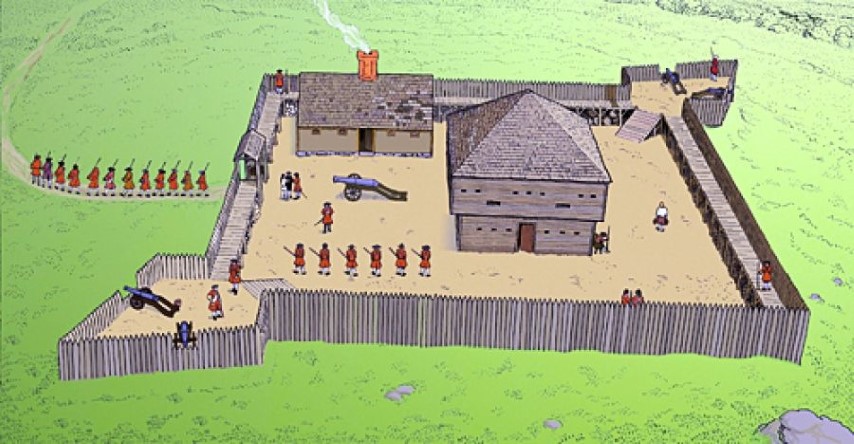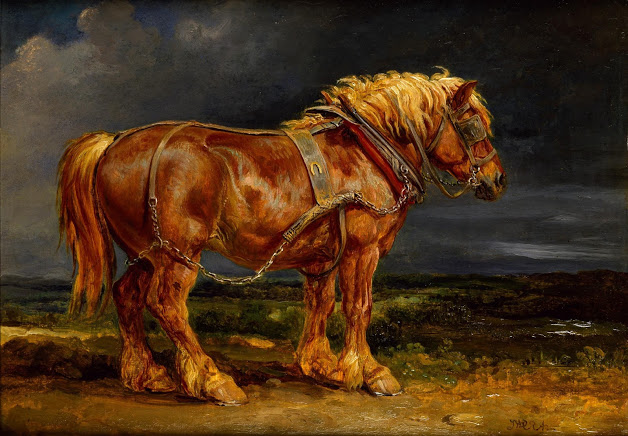Fortifications have a long history. The first was probably a rock shelter or a cave that was defended by some angry group of hominids. Over time, they evolved to be more and more effective, changing over time as the threat to its users changed.
In early America, forts were generally simple affairs where the builders had no notion of them being a long-term structure. They needed to serve for a few years, and then they would be unneeded or replaced with something new. Many forts were built, allowed to fall into disuse and then rebuilt again on the old site at a later date. Depending on the time and location, these forts might be built of timber, earth or a combination of the two. Defensive ditches were often a feature when sufficient manpower and/or time was available.
While the design and construction of these early forts appears simple at first, many hard-learned lessons were embodied in them. If we were to build one today, we too could improve upon older designs, adapting them to our current needs and improving their ability to withstand modern weapons. For example, rather than a timber palisade, we might create two lines of timber, say 3′ apart, one inside the other. The resulting space would be filled with compacted soil or perhaps gravel, creating a hand-built version of the modern HESCO Barrier. It would be sufficient for stopping most small arms rounds, and if needed, could be built thicker for added security. Given the appropriate equipment (chainsaws, tractor-mounted augers and front loaders), fuel and manpower, such a fortification could be built in a few long, hard days.
Designers of fortifications were very important people in times such as the Medieval period, and may become so again.




